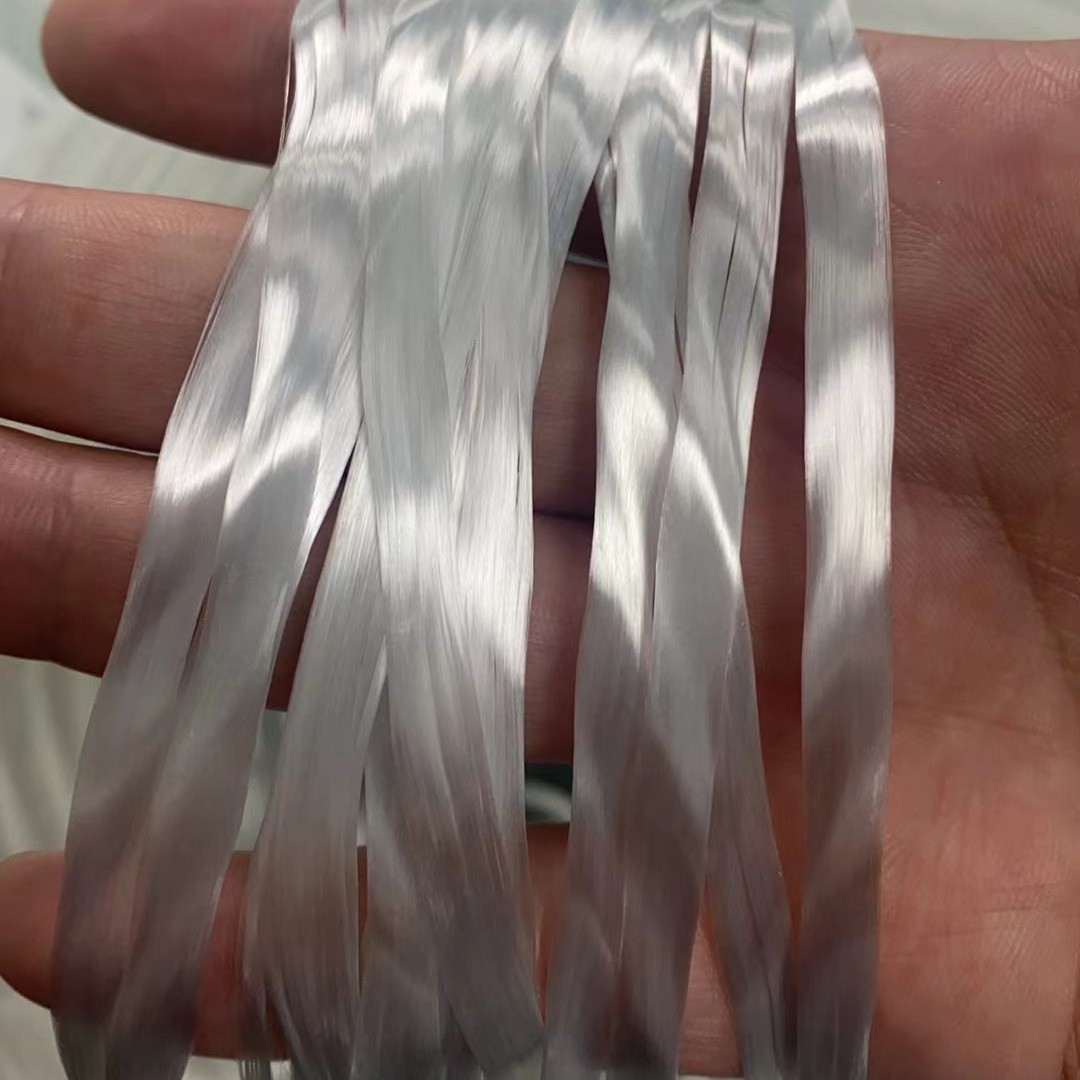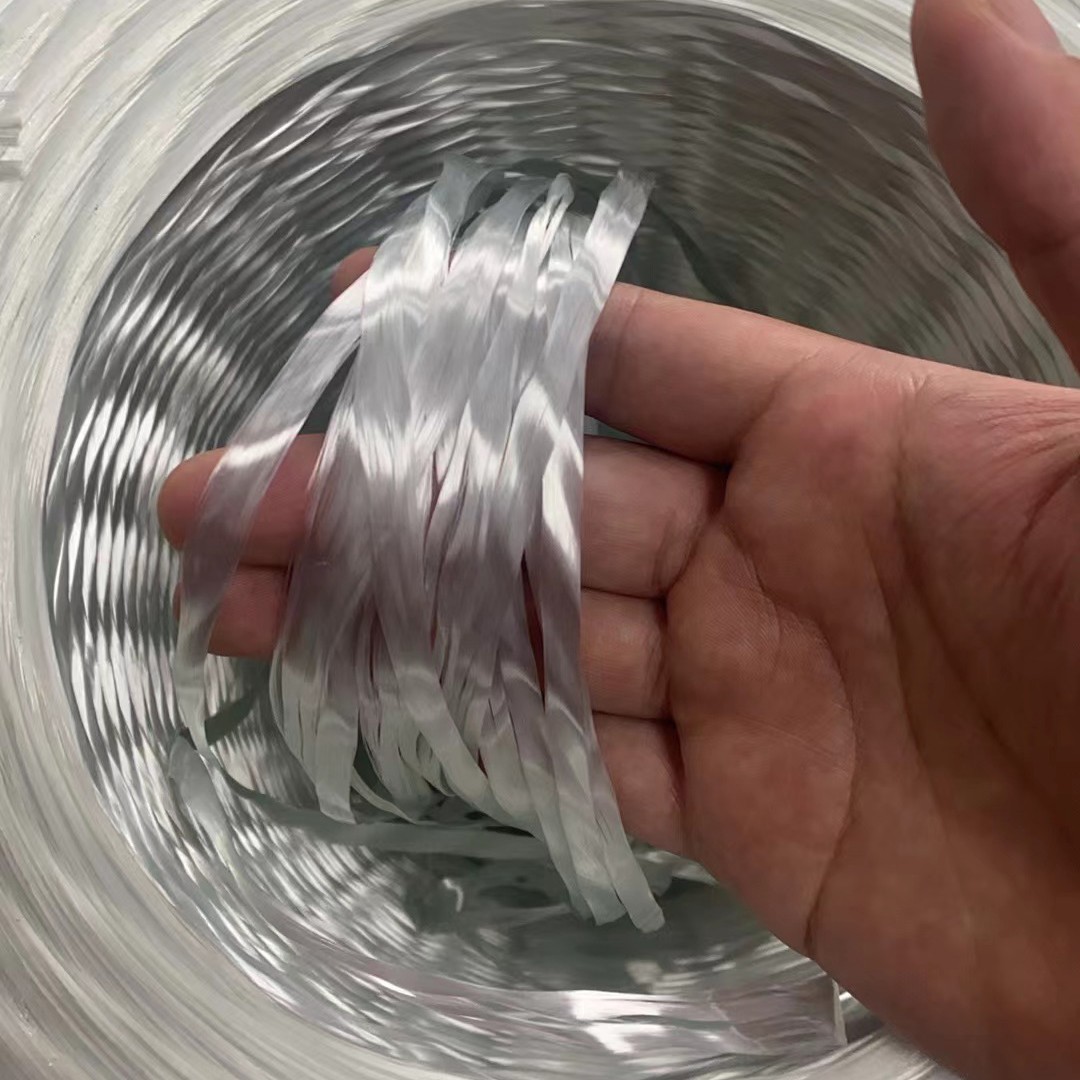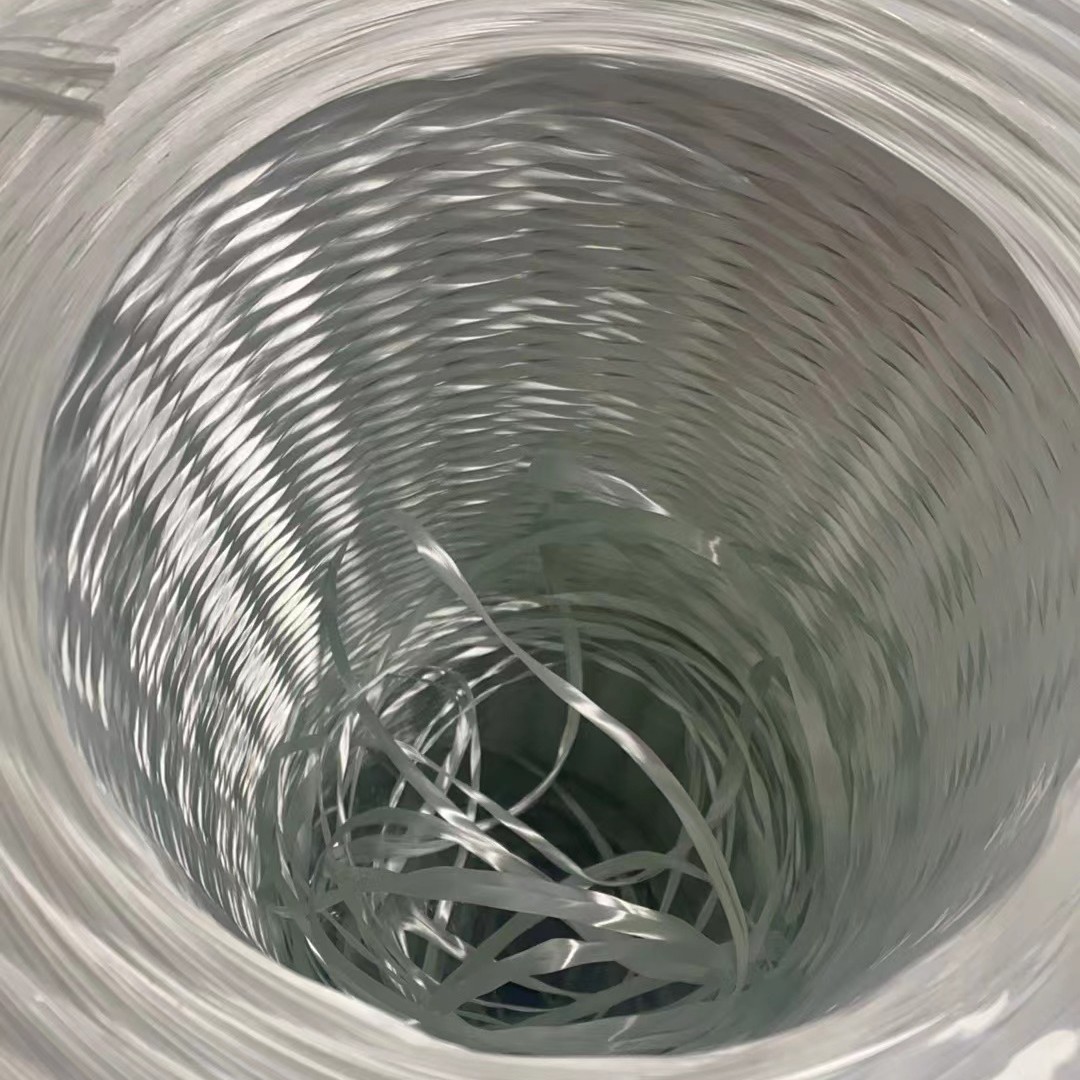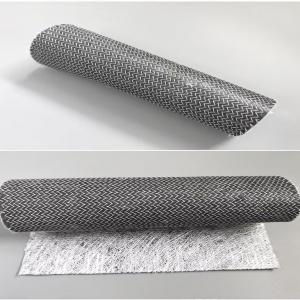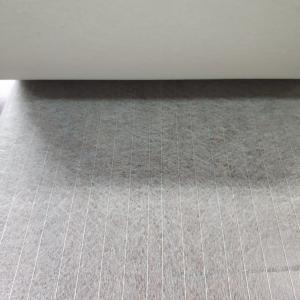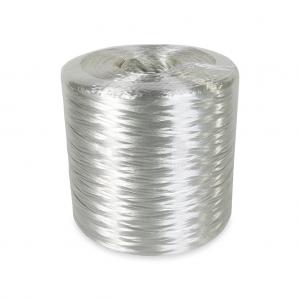Details
Direct Roving For Pultrusion
Direct Roving is an alkali-free continuous single-strand direct roving, the surface is coated with silane-based sizing agent. It is suitable for reinforcing unsaturated polyester resin, vinyl resin, epoxy resin and polyurethane resin. It can be used for weaving, filament winding, pultrusion, thermoplastics, wind blades application process.
Product Feature
● Good wrapping and low fuzz
● Rapid and complete wet-out and good bonding with resins
● Excellent acid corrosion resistance and very good aging resistance
● Excellent mechanical properties and good thermal bending resistance
Specification
| Glass Type |
ECR |
|||||
|
Sizing Type |
Silane |
|||||
|
Linear Density (Tex) |
200 | 300 |
600 |
1200 |
2400 |
4800 |
|
Filament Diameter (μm) |
14 |
14 |
16 |
17 |
22 |
25 |
Technical Paramenters
|
Linear density variatio(%) |
Moisture content(%) |
Loss on ignition(%) |
Tensile strength(N/tex) |
|
ISO1889
|
ISO3344
|
ISO1887
|
ISO3341
|
|
±5 |
≤0.10 |
0.55±0.15 |
≥0.4 |
Applications
Direct Roving for Pultrusion has good versatility. It can be used in pultrusion process, especially suitable for high-speed, high-tension pultrusion process. it is mainly designed to produce fiberglass rebar, photovoltaic frame panels, cable trays, pultruded profiles, high-speed rail sleepers and other fields.
 Manufacturing stages of pultrusion process
Manufacturing stages of pultrusion process


Packing Method
|
Average Coil Weigt—21.5Kg Inner coil diameter—160 mm Outer coil diameter—310 mm Bay height - 260 mm |
 |
Number of coils in a layer — 12 Number of layers — 3 or 4 Net weight of the pallet is about 770 kg or 1040 kg Pallet dimensions — 112 x 112 x 92 cm or 112 x 112 x 118 cm (L x W x H) |
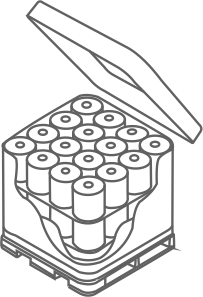 |
Storage
The fiberglass products should be stored away from heat and moisture, and in their original packaging. The best conditions are: temperatures between -10 ºC and 35 ºC; humidity between 35 and 65 %. If the product is not stored under these specifications, it is advisable to condition it in the workshop for at least 24 hours before use, to prevent condensation.
To ensure safety and avoid damage to the product, the pallets should be stacked not more than three layers high. When the pallets are stacked in two or three layers, special care should be taken to correctly and smoothly move the upper pallet.
